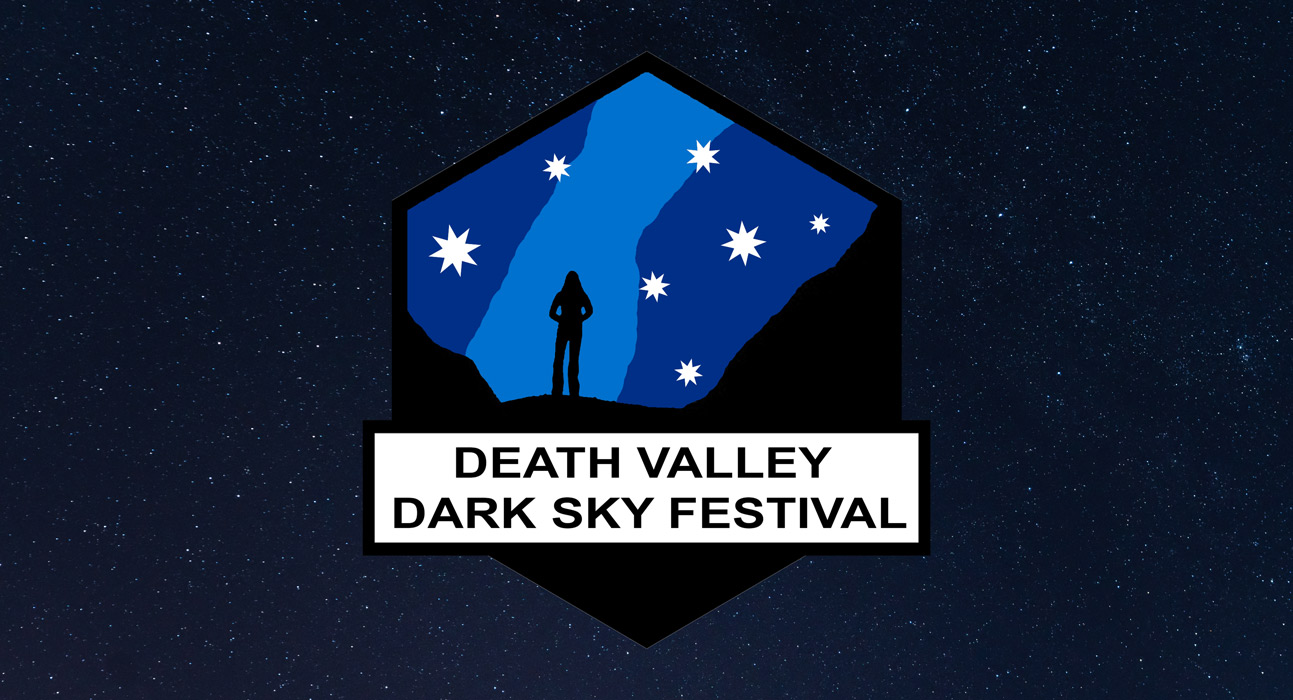Death Valley Dark Sky Festival

Tags: Astronomy
Time: 10 - 12 February 2023 -
Location: Death Valley National Park
Join our SETI Institute Scientists at the Death Valley Dark Sky Festival 2023 from February 10 (Friday) to 12 (Sunday).
This year's festival hosts several events, including a family-friendly Science Exploration Fair (Furnace Creek Visitor Center) and field trips to extreme and rugged terrains, which scientists use as planetary analog research sites. The SETI Insitute invites visitors of all ages to experience otherworldly Death Valley and our Astrobiology research within the Park's boundaries.
Death Valley National Park plays an essential role in contributing to the scientific community, preparing for the robotic and human exploration of Mars and other bodies of the Solar System and beyond.
See the program schedule posted by the Park Service at the following link:
https://www.nps.gov/deva/planyourvisit/death-valley-dark-sky-festival.htm
https://www.nps.gov/deva/planyourvisit/death-valley-dark-sky-festival-exploration-fair.htm
SETI scientists will discuss how their fields relate to each other through Drake's Equation.
Rosalba Bonaccorsi, an astrobiologist working on detecting evidence of life in extreme environments, will share her interest in life at the extreme and show her collection of analog geological materials (clay sediments, salt crust, volcanic rocks) and in connection with their potential for habitability (aqueous formation, an energy source for supporting life, and a suitable environment). She will also engage with visitors to handle and examine the rocks to answer the fundamental questions "Is it geology or biology?" "Was it ever alive?"
On Saturday, February 11, Rosalba will also lead a two-hour field trip to the Ubehebe Volcanic Field: "Mars-like Places on Earth: A Journey into the Ubehebe Crater."
Jeffrey Smith, a data scientist who develops scientific data processing and analysis software, will discuss how we detect extrasolar planets orbiting other stars. He will share a transiting planet orrery providing a hands-on experience to demonstrate how we detect planets trillions of miles away from Earth using the Kepler and TESS spacecraft. He will also engage visitors with topics such as how we "see" Near Earth Asteroids and meteors, assess the threat to Earth due to asteroids, and how scientists utilize supercomputers and artificial intelligence to answer challenging scientific questions.
Mia Mace, a planetary astronomer working with the Ring-Moon Systems Node of NASA's Planetary Data System (PI Matt Tiscareno), will be talking about the rings and moons of the outer planets of our Solar System with some hands-on demonstrations.
